Emergency Preparedness
As an Alaskan, you know how important it is to be prepared for harsh weather, including snowstorms, floods, and extreme cold. But you may not have considered the impact of a large-scale disaster—such as an earthquake, tsunami, or volcanic eruption—could have on us and our communities.
Regardless of your gender, race, or disability, planning for emergencies such as windstorms, earthquakes, or fires is an important part of taking care of yourself. People with disabilities may have special needs to consider in an emergency. If you have a disability, it may require extra planning to handle an emergency.
Emergency Preparedness Needs Assessment
In 2013, the Alaska Health and Disability Program conducted an emergency preparedness needs assessment of Alaskans with disabilities to establish emergency preparedness baseline measures. To measure change in levels of preparedness, the Alaska Health and Disability Program conducted a follow-up survey in 2014. Adult Alaskans with disabilities or their adult caregivers were surveyed to gather data on basic demographics, preparedness levels, and communications and resources Alaskans with disabilities and their caregivers utilize the most. Additionally, the survey included questions about motivators and barriers related to emergency preparedness. The findings of the 2014 follow-up needs assessment revealed a 2.4% increase in the overall level of preparedness among Alaskans with disabilities. This minor increase revealed that programmatic activities aimed at increasing emergency preparedness among Alaskans with disabilities needs to continue and remain a priority area for the Alaska Health and Disability Program.
Full reports:
Get Ready! Toolkit
The Get Ready! Toolkit will help you prepare for an emergency. Making an emergency plan and putting together your emergency kit is a big job. your plan may include family, friends, neighbors, and organizations that support you and can help you make decisions. Your toolkit does not have to be perfect, but it is important to plan ahead.
Because everyone's situation is different, not all subjects of emergency preparedness are covered in this guide. Think about your personal needs and plan for what you will need to stay safe in an emergency.
Remember: Some plan is better than no plan. You can do it!
The Get Ready! Toolkit is supported in part by grants from the Centers for Disease Control and Prevention and the Alaska Health and Disability Program. We are housed within the Section of Women's, Children's, and Family Health and work closely with our partners in the Section of Emergency Programs and the Governor's Council on Disabilities and Special Education.
Individual Checklists and Planning Tools
Get Ready! Toolkit Webinar
The Get Ready! Toolkit webinar was created to assist Alaskans with disabilities and their caregivers in putting the Get Ready! Toolkit into action. In this webinar you will learn why emergency preparedness is important, understand the parts of making an emergency plan, and identify at least two ways to use the Get Ready! Toolkit for you or someone you care for.
Disaster Preparedness: For Families of Children and Youth with Special Health Care Needs
For Alaskan families with children who have special health care needs, emergency planning takes on extra importance. The Disaster Preparedness: For Families of Children and Youth with Special Health Care Needs takes parents through the basic steps of creating an emergency kit and developing a family communication plan—keeping in mind the health concerns of children with special needs.
Staying Safe
Mother Nature can be unpredictable, but as a mother, you can be prepared. The Staying Safe printable brochure outlines basic strategies for pregnant women and young families.
Emergency Preparedness for All Video
The Emergency Preparedness for All video is a 10-minute video aimed to assist people with disabilities and their families in preparing for a disaster. The video is signed in American Sign Language (ASL), captioned (optional), and voiced in order to be the most accessible possible.
This video was developed in partnership with the Alaska Health and Disability Program, Governor’s Council on Disabilities and Special Education, Access Alaska, Assistive Technology of Alaska (ATLA), and the Bridges Navigator Program.
The Emergency Preparedness for All video was made possible by grants from the Alaska Mental Health Trust Authority and the Alaska Division of Public Health.
Hidden Disabilities: Communication Tips for First Responders
The Hidden Disabilities: Communication Tips for First Responders is a video developed by the UAA Center for Human Development LEND Program as a tool to assist first responders in recognizing and communicating with individuals with hidden disabilities.
Tip Sheets for First Responders
The Tip Sheets for First Responders were developed in response to requests from first responders who wanted quick, easy-to-understand guidance on how to effectively work with people with a wide range of physical and cognitive disabilities in emergency situations.
Homeland Security and Emergency Preparedness 7 Day Survival Kit
The Division of Homeland Security and Emergency Preparedness has developed a 24 week step-by-step guide on how to build a 7 day survival kit. Some find it difficult to put together a disaster preparedness kit, but using this easy-to-follow preparedness supplies guide will take the anxiety and frustration out of preparing for a disaster.
